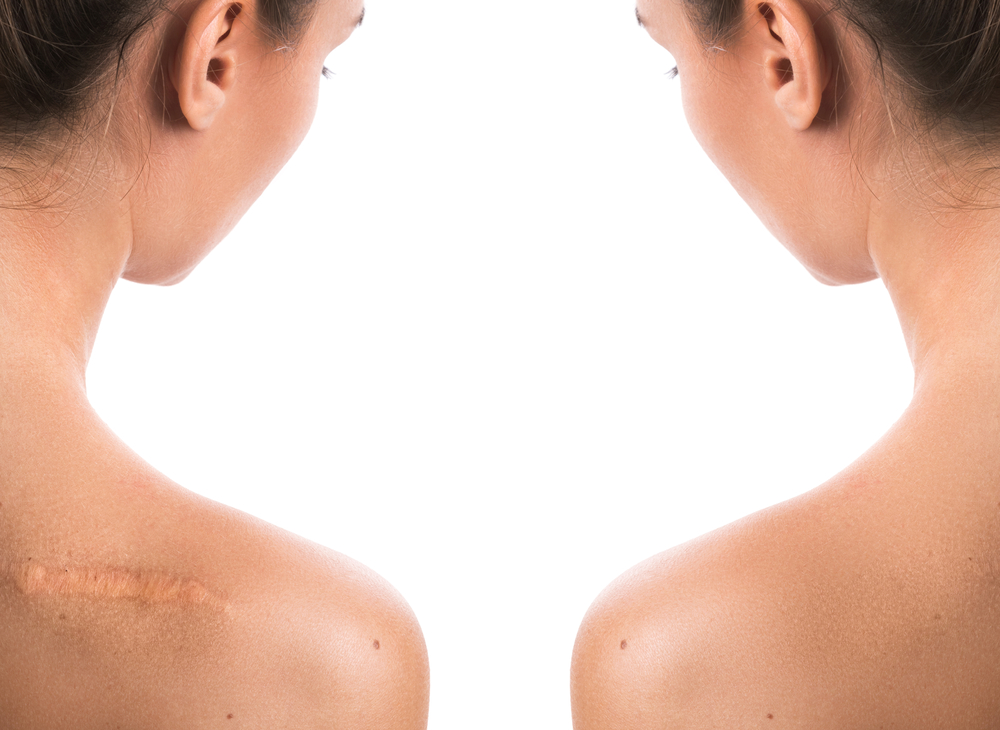It’s easy to get emotional and upset if you receive a cancer diagnosis. If it’s skin cancer, you’ll be anxious about disfigurement or scars beyond its immediate threat to your life. You can rest assured that your surgeon is aware of all your concerns, and they will guide you through the procedure. Among other things, they will explain the effect of the procedure on your appearance and health.
Skin cancer usually requires surgery to eliminate cancerous cell growth. The surgeon will try to eliminate the skin lesions and cancer without significantly impacting your appearance.
Techniques to Lessen Scarring During Skin Cancer Removal
When looking up skin cancer removal options, you would want to ask about Mohs surgery. This involves removing the layers of skin one after another while the surgeon examines them for cancerous cells. The surgeon will ensure they go only as far as needed without causing much damage. Mohs surgery has a cure rate of up to 98 percent. It also allows for immediate healing and reconstruction.
After removing the cancerous cells, the surgeon will typically use a flap of skin or a skin graft procedure. This procedure aims to close the area affected by the surgery. In addition, it will stimulate healing. The surgeon will employ refined suturing and wound closing techniques to reduce the scarring from the surgery. It is a critical step in determining the outcome of the procedure.
Scar Revision
Surgeons perform scar revision surgery to make a scar less noticeable. It blends the scar tissue with the surrounding skin texture and tone. The options for this surgery vary with the extent and type of scarring. They include:
- Scar revision with advanced procedures in closing wounds.
- Less invasive procedures.
- Simple topical treatments.
Types of Scars
Surface Irregularities or Discoloration
Cosmetic surgery and other treatments can improve these and other less apparent scars. Your plastic surgeon can recommend the best option for your scars. These scars do not cause discomfort, and they do not get in the way of physical activity. Other than surgical incisions, these can also be applied to acne scars or scars resulting from minor injuries.
Hypertrophic Scars
These are thick bunches of scar tissue that form directly on the wound. They can be uncomfortable to have. They are usually raised and red, and they can grow wider over time. They can become lighter in color than your skin, or they can be darker.
Keloid Scars
These are much larger than hypertrophic scars. They are more itchy or painful, and they might also pucker. They extend beyond the original incision or wound and can occur anywhere on your body. More commonly, they form where the underlying fatty tissue is not much. They can form on the chest, shoulders, neck, ears, or face.
For more on removing scarring from skin cancer with cosmetic surgery, call Texas Plastic Surgery at (210) 981-4490 to reach our office in San Antonio, Texas.


